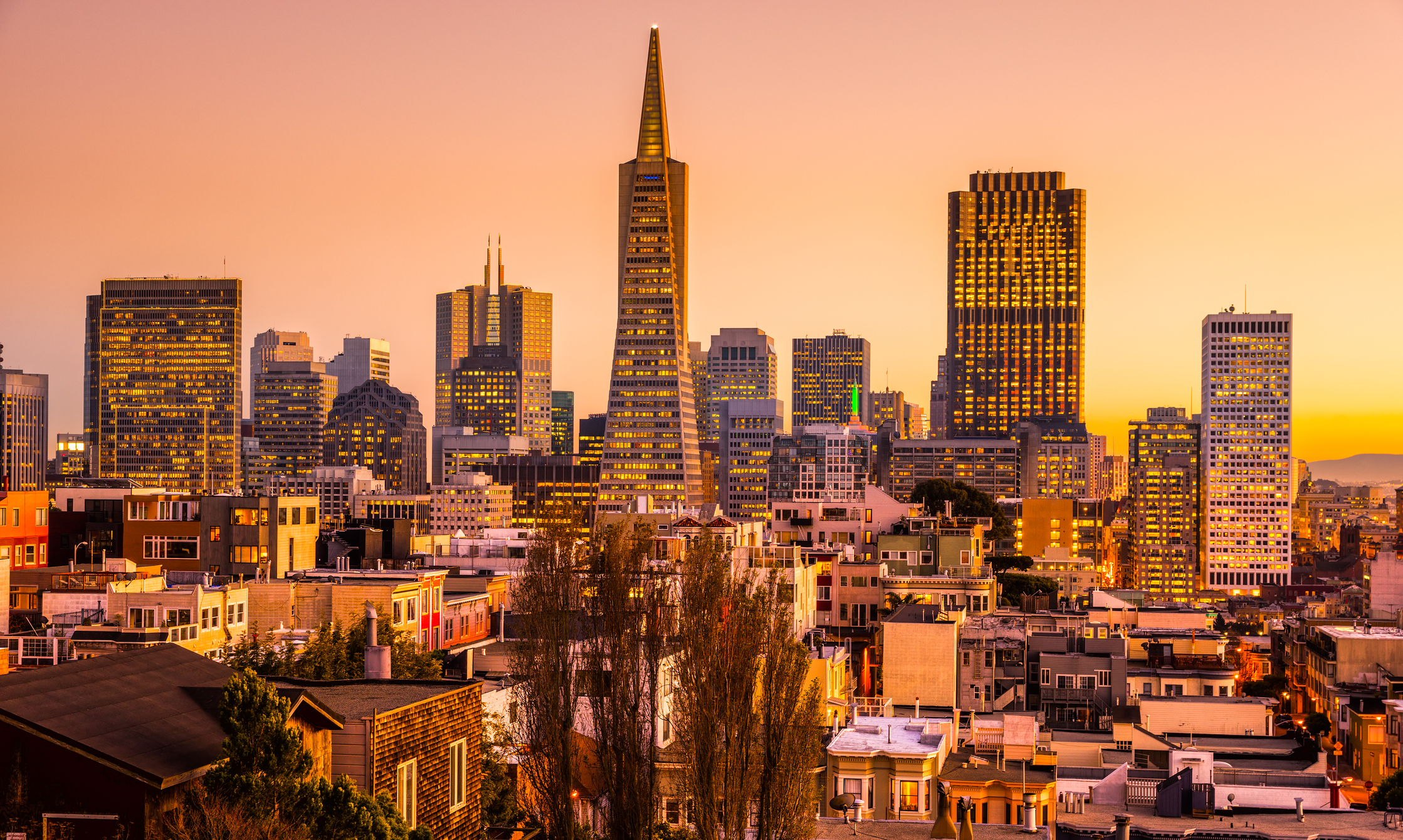When San Francisco wanted to understand more about the pockets of poor air quality plaguing the downtown area, they turned to a unique way of modeling the real world digitally. Using a digital twin, the city monitored the air quality, along with the travel patterns of cars on city streets and boats in the port. They put that information together into a model that helped them understand why air quality was poor, and where it might deteriorate next because of heavy traffic.
This idea of using digital twins to model real-world scenarios is nothing new; in fact, that’s the idea that almost every digital twin is based on. When something is happening, and you want to understand why it happens and predict where it might happen again, you can study the environment using sensors connected to Internet of Things (IoT) networks and put the data together into an advanced, customizable simulation. From there, you can experiment.
Businesses, especially manufacturers, use digital twins frequently to model out different scenarios on the factory floor. What happens if they were to tweak a certain setting here, for example, or change something about their build process over there? With a digital twin, the user doesn’t have to make those changes in the real world; they can simply make them in the simulation and see what would happen.
So, if it worked for San Francisco, and it works for manufacturers and other businesses, could it work on a larger scale to solve global issues such as climate change? That’s what researchers are determined to find out. A handful of other cities have joined San Francisco in implementing a digital twin to improve ecological conditions.
Singapore recently put a digital twin to use for an initiative to meet several goals for sustainability. They captured images and geographic data to build models for transportation and building, among other things. Mendoza City in Argentina implemented a similar plan, using drone images to study the trees nearby and identify unhealthy trees in need of saving. And Lugano, Switzerland, uses a digital twin to reduce pollution and emissions by lessening traffic congestion.
The potential for worldwide use of digital twins to combat climate issues is intriguing. Digital models could help cities and organizations reduce waste, build things more efficiently, and plan transportation systems to maximize energy efficiency. And that’s just the tip of the iceberg.
In the not-too-distant future, cities and corporations all over the globe could use digital twin technology in the fight to go “green.”
